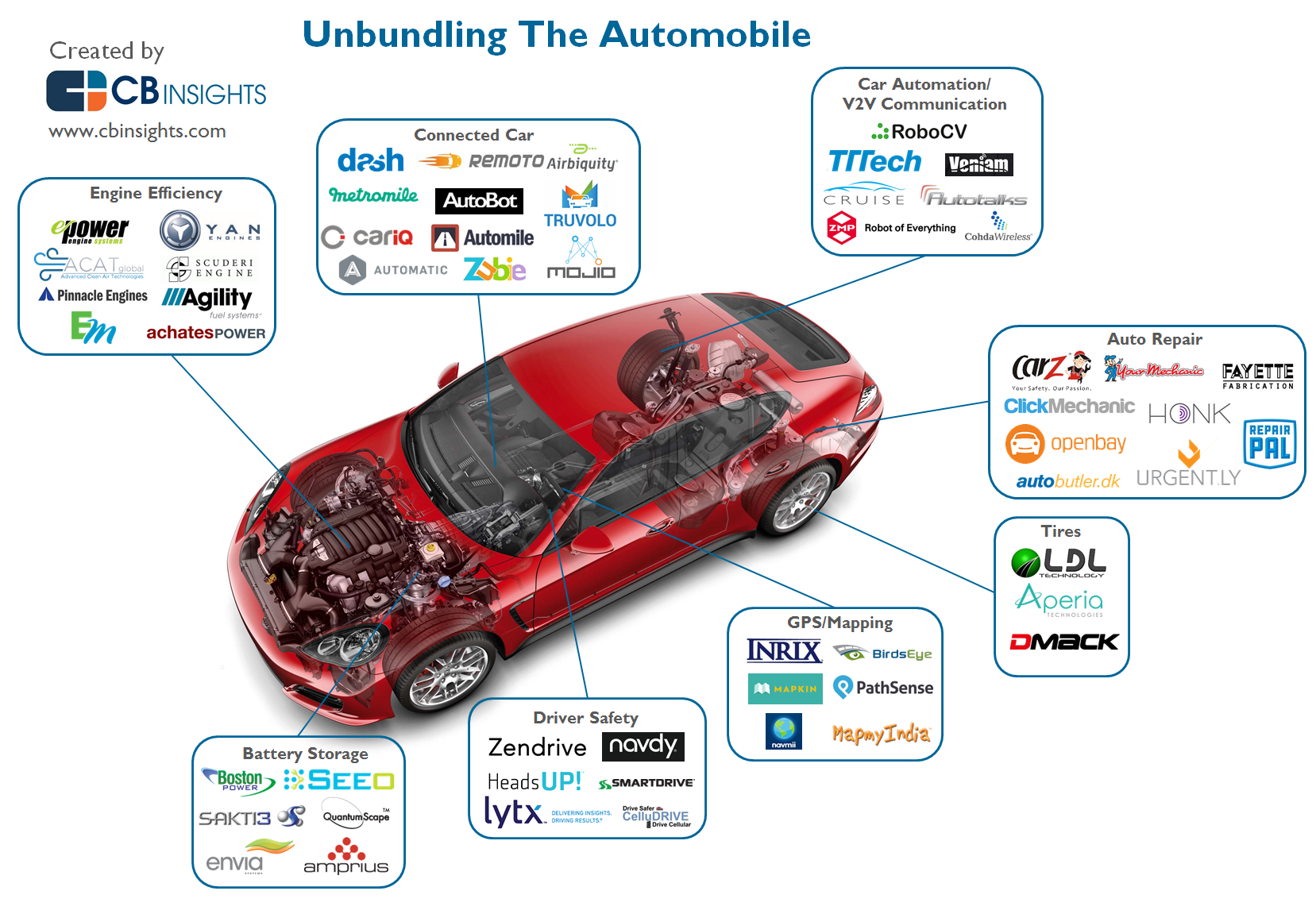Wondering Concerning The Definition Behind Those Control Panel Caution Lights? Gain Understandings Into Their Effects For Your Vehicle'S Security And Maintenance
Wondering Concerning The Definition Behind Those Control Panel Caution Lights? Gain Understandings Into Their Effects For Your Vehicle'S Security And Maintenance
Blog Article
Content Writer-Faulkner Corbett
When you're behind the wheel, those radiant caution lights on your dashboard can be a little bit difficult. Do you recognize what they're attempting to inform you about your vehicle's health? Comprehending the relevance of these lights is vital for your safety and security and the long life of your vehicle. So, the next time among those lights pops up, wouldn't you want to analyze its message precisely and take the essential steps to resolve it?
Common Warning Lights and Interpretations
Identify common warning lights in your car and understand their definitions to ensure safe driving.
The most regular warning lights consist of the check engine light, which signals problems with the engine or emissions system. If this light comes on, it's crucial to have your automobile checked promptly.
The oil stress alerting light shows low oil stress, needing immediate focus to avoid engine damages.
A blinking battery light might recommend a defective charging system, potentially leaving you stranded otherwise addressed.
The tire pressure surveillance system (TPMS) light informs you to low tire pressure, affecting lorry stability and gas effectiveness. Ignoring car cleaning products near me might lead to risky driving problems.
The abdominal muscle light suggests a problem with the anti-lock braking system, compromising your ability to quit promptly in emergencies.
Lastly, the coolant temperature advising light warns of engine getting too hot, which can result in extreme damage otherwise dealt with swiftly.
Understanding https://dallasuqkez.targetblogs.com/30727552/comparing-do-it-yourself-vs-specialist-automobile-describing-what-you-required-to-know will assist you deal with problems promptly and maintain risk-free driving problems.
Significance of Prompt Interest
Understanding the common warning lights in your cars and truck is just the first step; the relevance of promptly dealing with these cautions can't be stressed enough to ensure your safety and security when driving.
When a warning light illuminates on your dashboard, it's your cars and truck's means of connecting a possible problem that requires focus. Overlooking these warnings can bring about extra severe problems in the future, endangering your safety and potentially costing you more in repairs.
Trigger focus to cautioning lights can prevent failures and accidents. For example, a blinking check engine light can suggest a misfire that, if left neglected, could cause damages to the catalytic converter. Resolving this without delay can save you from a pricey repair service.
Likewise, a brake system cautioning light might signify low brake fluid or used brake pads, crucial components for your security when driving.
DIY Troubleshooting Tips
If you see a warning light on your dashboard, there are a couple of DIY troubleshooting ideas you can try before seeking specialist assistance.
The initial step is to consult your cars and truck's handbook to comprehend what the specific warning light suggests. Sometimes the concern can be as basic as a loose gas cap activating the check engine light. Tightening up the gas cap may resolve the problem.
An additional typical issue is a low battery, which can cause different warning lights. Inspecting the battery connections for rust and guaranteeing they're protected may take care of the trouble.
If a warning light lingers, you can try resetting it by disconnecting the cars and truck's battery for a couple of minutes and afterwards reconnecting it. Furthermore, examining your automobile's liquid levels, such as oil, coolant, and brake fluid, can aid troubleshoot alerting lights connected to these systems.
hop over to here
To conclude, understanding your car's caution lights is important for maintaining your car running smoothly and safely. By without delay attending to these notifies and recognizing what they imply, you can avoid expensive repair services and prospective break downs.
Remember to consult your auto's manual for certain information on each cautioning light and act as necessary to guarantee a trouble-free driving experience.
Keep informed, stay check it out -free on the road!
